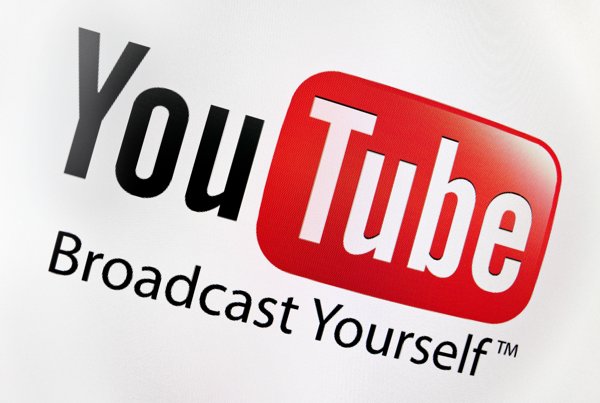
 The digital age has moved peer pressure from classrooms and neighborhood blocks onto the Internet. Teens follow the pack on social media websites and apps like Twitter, Facebook, MySpace and YouTube. The main difference between the old form of offline peer pressure and today's online peer pressure is public. When peer pressure is applied on a medium that more than a handful of people can see, teens are often tempted to succumb to it even if they'd rather not.
The digital age has moved peer pressure from classrooms and neighborhood blocks onto the Internet. Teens follow the pack on social media websites and apps like Twitter, Facebook, MySpace and YouTube. The main difference between the old form of offline peer pressure and today's online peer pressure is public. When peer pressure is applied on a medium that more than a handful of people can see, teens are often tempted to succumb to it even if they'd rather not.
Before the Internet exploded in popularity, teens were often lured into shenanigans by their friends while hanging around in public parks, school parking lots and backyards. Since these situations were limited to a small group of people, fewer knew about the social pressure. Now that peer pressure is online, it is viral. If someone is hazed, taunted or challenged on the web, just about everyone will know about it.
As a result, youngsters feel an extraordinary amount of pressure to respond to social persuasions to avoid hurtful criticism, teasing and social ostracism. It is very difficult for teens to buck the trend and take the road less traveled. Many succumb to peer pressure simply because their refusal to do so will be made public through social media.
Of particular note are the viral YouTube challenges. Most of these are absurdly gross but their proponents have lured in numerous teens. It is especially hard to turn down a YouTube challenge because everyone in a teen's social sphere will know about it. Since others have engaged in these challenges in a very public manner, participation has become socially normative.
If you aren't familiar with YouTube challenges, they require users to do some activity (typically something painful or disgusting), film it, and then upload it onto the web for other people to watch. This is an entertaining phenomenon for those who do the challenging and the viewing but it often comes at the expense of an unwilling participant who's trying to fit in.
For example, one viral YouTube challenge is the cinnamon challenge. This involves swallowing an entire tablespoon's worth of powdered cinnamon in one gulp without any water. This is incredibly hard to do as cinnamon is quit potent and dry. If you watch one of these videos, you'll see the nasty reactions of those who accept the cinnamon challenge.
When someone tries to swallow cinnamon in this amount, they cough, wheeze, gag and sometimes vomit. The body doesn't react well to an onslaught of this nature, yet kids are still willing to accept the challenge to gain social clout amongst their peers.
One of the other popular YouTube challenges is the Diet Coke and Mentos challenge. This is just as it sounds. Teens are putting mentos in their mouth and chasing it with diet coke. Most participants use a 2 liter of diet coke. Since mentos react in a pop rock-like fashion when combined with carbonated beverages, the result of this challenge is a unique and unpleasant explosion. While it seems harmless at the outset, this is actually an incredibly stupid and dangerous challenge.
Teens are also challenging one another to the wasabi challenge. This involves filming oneself while either snorting or eating wasabi. Wasabi is a spicy condiment used on Asian foods and it's just about the last thing that anyone should be snorting or eating plain. Teens usually finish this challenge in tears as wasabi overpowers their senses. Some even burn their noses and need medical attention.
Other YouTube challenges that have gone viral include the cold water challenge where participants dunk their full bodies into a cold body of water and the fast food challenge where teens order a boat load of fast food then eat it all in one sitting.
Parents should speak with their adolescents and teens about today's unique peer pressures. It's getting harder and harder to resist the temptation to give into peer pressure when it's applied in a public manner on the Internet. Parents should go out of their way to keep their kids' self confidence at a level where they'll never be tempted to engage in silly, embarrassing and often dangerous YouTube challenges. Although your teens might not realize it, there's a good chance that the people they're so desperate to impress probably won't be a part of their social sphere in a couple years.



